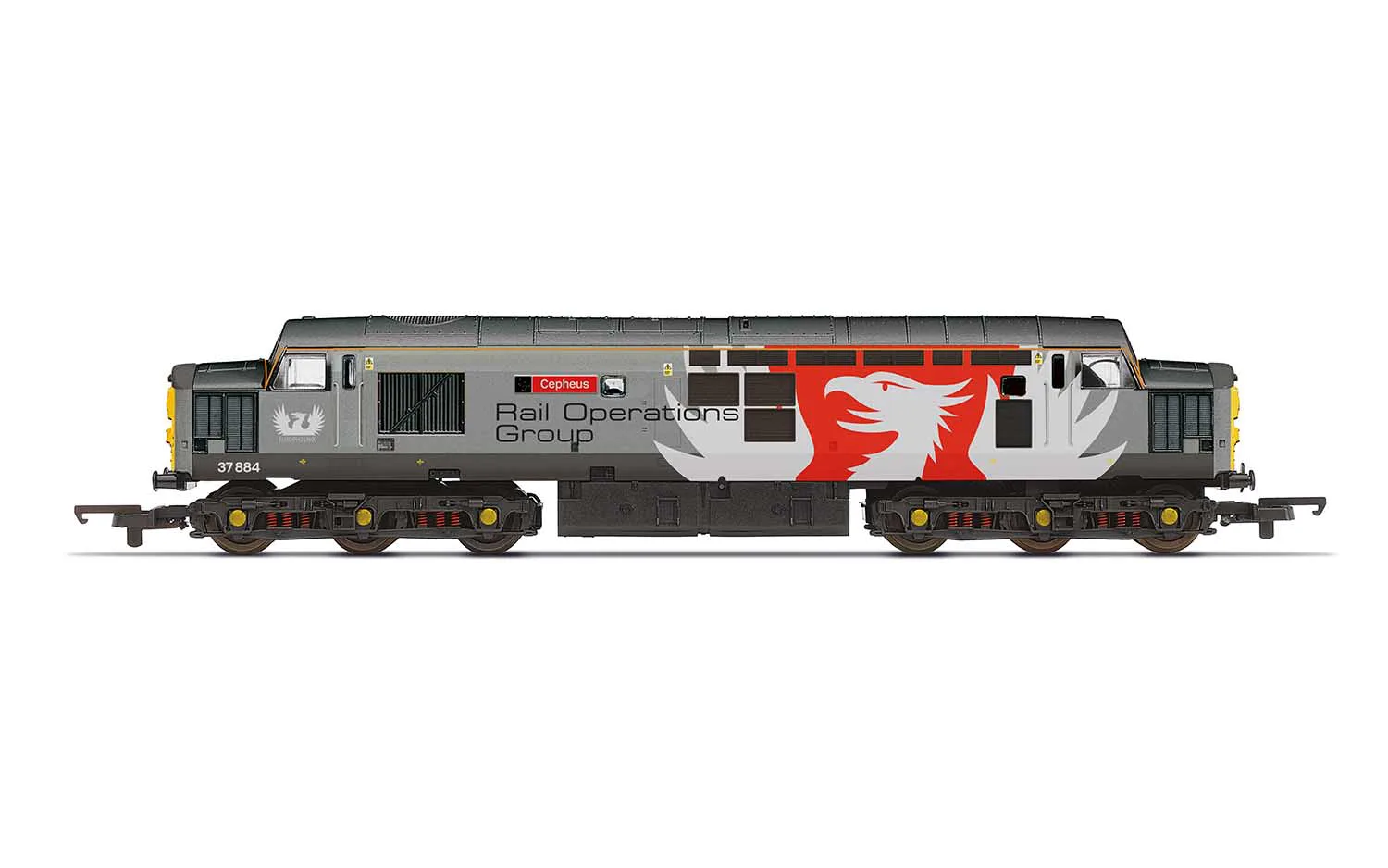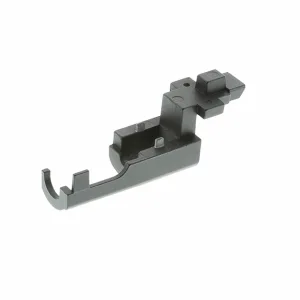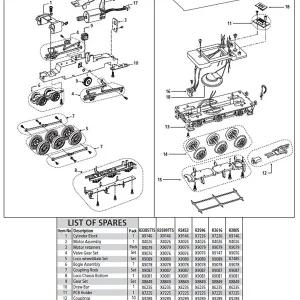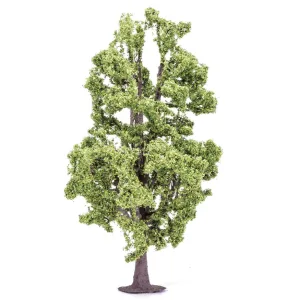ROG, Class 37, Co-Co, 37884 ‘Cepheus’ – Era 11
Entering service as the English Electric Type 3, the British Rail Class 37 diesel locomotives were built at the Vulcan Foundry in Newton-le-Willows in a Co-Co configuration, based on locomotive designs for export markets. Built to undertake both freight and passenger work across all BR sectors, these engines proved highly reliable and, after overhaul, many survived in service across the network into the 1990s.
British Rail first placed an order for forty-two Class 37 locomotives in January 1959, the first of which was delivered in November 1960, entering service on 2 December with the last of this original batch complete by mid-1962, by which time subsequent orders had been placed. The last of the 309 locomotives built was delivered to the Western Region on 9 November 1965, originally numbered in the range D6700-D6999 and D6600-D6608. Many Class 37 locomotives were refurbished in the 1980s, extending their life. As a result, the Class 37 remains in service to this day as one of the longest serving classes on British railways.
Second-hand locomotives have been exported to railways in France and Spain whilst in the UK many locomotives no longer required to work have been preserved. Rail Operations Group operate a fleet of 6 locomotives built between 1961 and 1963. They have been modified to allow them to move EMUs around the network including modifications to allow them to couple with and operate the brakes on various EMU classes without the need for translator vehicles. Built in 1963, the locomotive was initially numbered D6883 but became No. 37183 under TOPs in 1974.
The locomotive was renumbered to 37884 in 1988 having been upgraded to class 37/7 specification. 36884 was purchased by Europhoenix in mid-2013 and painted in Europhoenix livery in mid-2014 before being leased to the Rail Operations Group (ROG) from 2016.






Reviews
There are no reviews yet.